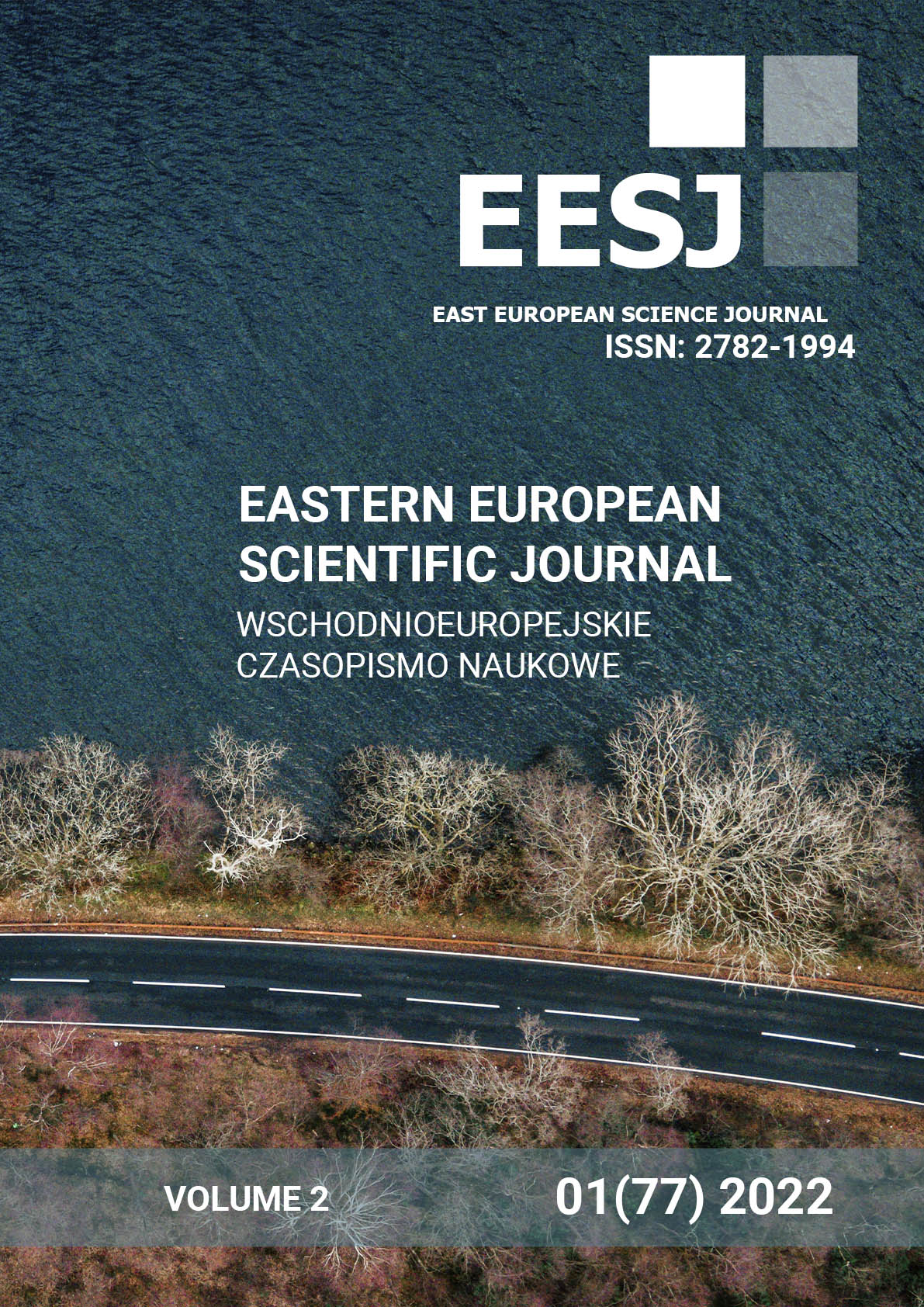FEATURES OF THE VERSIONAL PROCESS IN THE USE OF METHODS OF FORENSIC COGNITION
Keywords:
theory, scientific knowledge, logic, traces, retro scient and predictive versions, inversions, disjunctions, conjunctions, counterversionsandAbstract
The article presents some theoretical questions about the content and structure of the theory as scientific knowledge. Methods of forensic cognition are used in obtaining reliable knowledge about the objects of research (traces). The movement of the process of cognition is carried out from the effect to the alleged cause, which forces to put forward a certain number of versions. And the aggregation of traces, as a process of their systematic selection for the holistic perception of past events, consists, from the point of view of the situational approach, in eliminating the problem situation (lack of reliable information) and transforming it into a simple one.
Attention is drawn to the nature of the validity of the version, which seems to be the insufficiency and incompleteness of contradictory and probabilistic information. Overcoming problem situations in the search, study, and use of traces of crime events is associated with a complex structure of the process of putting forward leads (stages). The beginning of such dynamics is characterized by the total collection of the entire non-systemic array of information. As a result of the heuristic thought process, the incoming information is analyzed and gives grounds for putting forward some already sufficiently substantiated assumptions in the form of versions. Versions are checked, filtered, and transformed into reliable information.
Strategic uncertainty, which forms a conflict situation, has a completely different character. Retro scient and predictive versions are useful in our research. Commenting on the complexity of the relationship between versions, it should be noted that more often different assumptions can be incompatible (inversions, disjunctions) and compatible (conjunctions and). At the same time, it is necessary to distinguish incompatible versions from counter versions, as a special kind of them.
The versional process of searching for and studying traces of certain events has a pronounced heuristic character. The application of versions is particularly successful in circumstances where the content is limited as much as possible. These propositions manifest a new paradigm based on the constant change of one scientific direction from another. This is how the essence of version theory is expressed, based on an effective heuristic scientific concept.
References
Big Dictionary of Foreign Words. M., Tsentrpoligraf. 2000. 815 s.
Vorobyov N. N. Razvitie teorii igra//Neyman Dzh., Morgenshtern O. Teoriya i ekonomicheskoe devizhenie. M., Nauka. 1970. 708 s.
Gorskii D. P., Ivin A. A., Nikiforov A. L. Kratkii slovar'po logiki. M., Prosveshchenie. 1991. 208.
Drapkin L. Ya. Logical, heuristic, and intuitive mechanisms of the investigator's thinking in the process of disclosure and investigation of crimes: Monograph. – Yekaterinburg: Publishing House of the Ural State Law University, 2018. 104 s.
Drapkin L. Y. Criminalistic and operationalsearch aspects of disclosure and investigation of crimes: ucheb. Posobie. Ekaterinburg, Publishing House Ural state legal university 2014. 196 s.
Kondakov N. N. Logizny slovar'. M., Nauka. 1971. 720 s.
Kun T. Struktura nauchnykh revolyutsii. M., Progress. 1977. 300 s.
Larin A. M. Ot investigative'noi versii k stine. M., Yurydychna literatura. 1976. 200 s.
Lewis R. D., Rifa H. Games and Solutions. M., Publishing House of Foreign Literature. 1961. 642 s.
Poya D. Mathematica i pravdomnosmennye razvodstveniya. M., Nauka. 1975. 464 s.
Polovinkin A. I. Predislovie//Muller I. Eurysticheskie metody v engineeringnykh razdyakh. M., Radio i svyaz' . 1984. 144 s.
Uemov A. I. Logical errors. M., Gospolitizdat. 1958. 120 s.
Ursul A. D. Reflection and information. M., Mysl. 1973. 231
Downloads
Published
Issue
Section
License

This work is licensed under a Creative Commons Attribution-NoDerivatives 4.0 International License.
CC BY-ND
A work licensed in this way allows the following:
1. The freedom to use and perform the work: The licensee must be allowed to make any use, private or public, of the work.
2. The freedom to study the work and apply the information: The licensee must be allowed to examine the work and to use the knowledge gained from the work in any way. The license may not, for example, restrict "reverse engineering."
2. The freedom to redistribute copies: Copies may be sold, swapped or given away for free, in the same form as the original.




